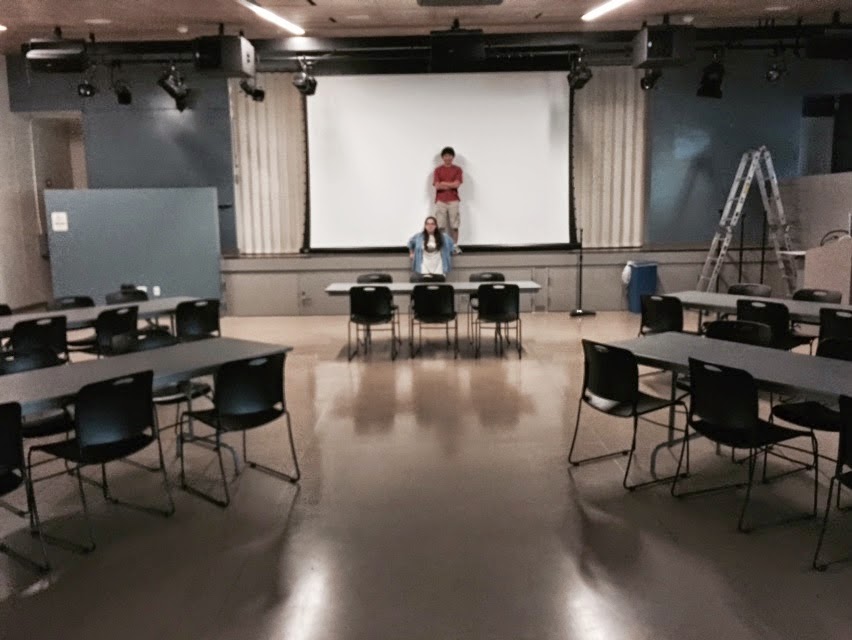I’ve been thinking a lot about legacies this year. As Editor in Chief, it’s kind of my duty to leave a good legacy, and to make sure the juniors are prepared to captain the ship when we leave. They’re very capable photographers, and they can write excellent copy, but there’s one major hole in the juniors’ expertise: there are no designers. Cesar, Jason, and I are all seniors, and we’re the only designers on the staff. You can imagine how disastrous this would be if we did nothing about it. This is why we three designers have begun training the junior editors in design.
How did we come to this roadblock? I think it started last year. We had an astoundingly low number of sophomore staffers, and about half of the few sophomores we did have either left the elective or left the school. I began my design training in sophomore year, and the experience I’ve had since has given me the design skills I have today. My biggest issue with training is that, next year, there won’t be a single experienced designer on staff. We really have to get cracking on training so they can be prepared for whatever obstacles the juniors might face next year.
The software we’re using to create the yearbook this year, eDesign, is great for beginners. Even if it can be extremely slow at aggravating. As I’ve explained in an earlier blog post, eDesign is basically a (very) stripped down version of Adobe InDesign. Since there are less functions, it’ll be easier for the juniors to learn the ins and outs of the software.
 |
| Apprentice Madee Doctor logging on to eDesign like a champ. |
In order to make scheduling less of an issue, the designers and I split up our “pupils” and are going to teach each one-on-one. I will be coaching Madee Doctor, while Cesar and Jason will teach Jake Taylor and Julianne General (respectively). I already assigned Madee to a spread in the yearbook, and she seems to be making good progress. One thing I’ve made sure to do is show her what good design looks like. I’ve attending several Yearbook Workshops, and one lesson that’s been consistent through them all has been to find inspiration. You can’t create a great spread out of thin air. And if you do, chances are it’s not that great. Not as great as it could be, at least. Before I started training Madee, I had her bring me examples of what she considered good design, and then I had her recreate the spreads she found on eDesign. This is a training technique called “style imitation”, and it helps in the long run with consistency in the book.
 |
| A page from Wired Magazine that inspired the design for our foods of iPoly spread. |
This past semester, I’ve been making sure I leave a memorable legacy by creating an awesome book. Now, I have to secure my legacy. I have to ensure that I leave, I leave a staff that’s more than capable to hold their own. This is the halfway point of the year. There's still a long road ahead. We’re halfway there. Livin’ on a prayer.
 |
| I like to think of myself as Gandalf and the staff are the Fellowship, and I'm leading them towards... a good book. |








